Google Nexus 7 and Android 4.1 - Mini Review
by Brian Klug on June 28, 2012 3:25 AM EST- Posted in
- Tablets
- Smartphones
- Mobile
- Nexus 7
- Android 4.1
Android 4.1 is the newest release of Android, and in keeping with the dessert-alphabet naming scheme, goes by the name of Jelly Bean. Henceforth you'll see JB or 4.1 interchangeably. Google sampled me another Galaxy Nexus, running the same build of Android 4.1 that was handed out to Google I/O attendees today. This isn't the final version that will be pushed out in July, but is close to final – or at least final enough to give to a few thousand attendees and press.
I mentioned in the pipeline post about Android 4.1 that I heard UI performance was going to be a big emphasis in 4.1, that Google wanted to make the UI "smooth as butter" everywhere possible. Today seeing the announcement of Project Butter comes as no surprise, and represents further optimization to the hardware accelerated OpenGL ES render path that was introduced in Android 3.0 Honeycomb, and further improved in Android 4.0.x with more graphics primitives, making moving to it easier for developers.
In Android 4.1, the improvements that are under Project Butter are really four things:
- Improved 60 Hz Vsync timing from the Android drawing framework for individual applications. That means render path, touch, and display composition now take place on a 16 ms step.
- Triple buffering for the UI, which I believe previously could be enabled, but only in individual OpenGL ES instances. The Android 4.0.x UI did not have triple buffering enabled as it now is.
- Changes to the CPU governor which now send the SoC into its highest performance state as a function of touch interaction. I'm still eager to learn more about this in an upcoming session, but Android now better handles the latency associated with changing P-states on SoCs and getting into that maximum state when you're aggressively scrolling and panning.
- Enhancements to analysis in the form of Systrace for seeing the actual time spent in each part of the render process for a frame. This is being pushed out in the new Android SDK and there are obvious hooks into it under Developer Options inside 4.1. Google also gave us a glimpse of that earlier today.
The result of these improvements is that the Galaxy Nexus feels like a different device to me with Android 4.1. It isn't huge, but the trouble spots that used to annoy the heck out of me with Galaxy Nexus and 4.0.4 are now largely smoothed over. That's not to say it's perfect, but it's clear Google has invested time (finally) into mitigating some of Android's lingering UI choppiness.
I wanted to show this on video, however my DSLR only captures at 24 FPS which would make it pretty difficult to see dropped frames. I brought my other Galaxy Nexus with 4.0.4 and put it alongside the 4.1 device, and there's a substantial difference in trouble areas.
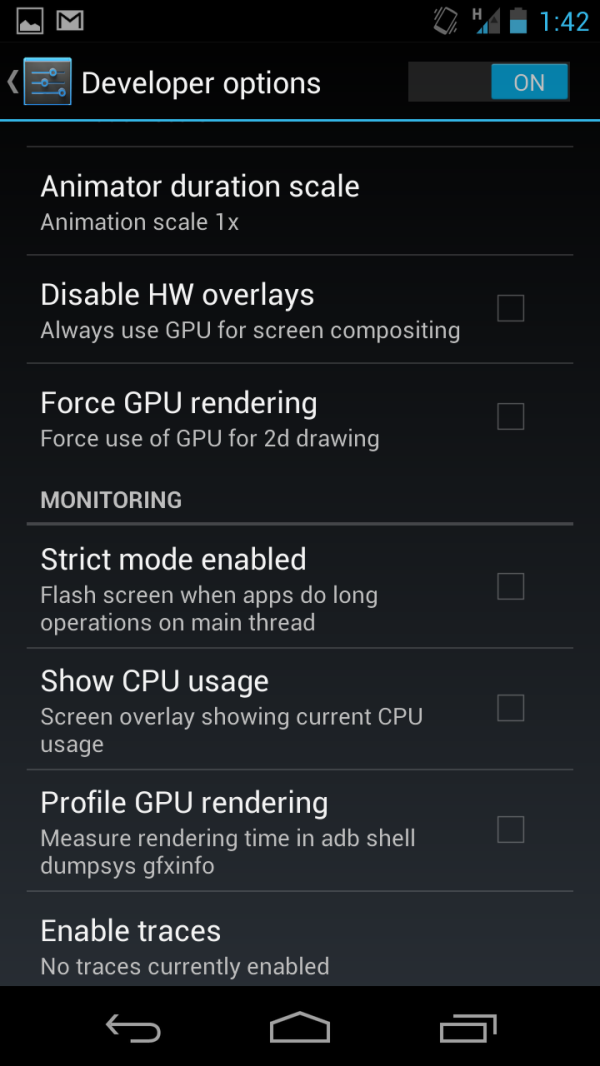
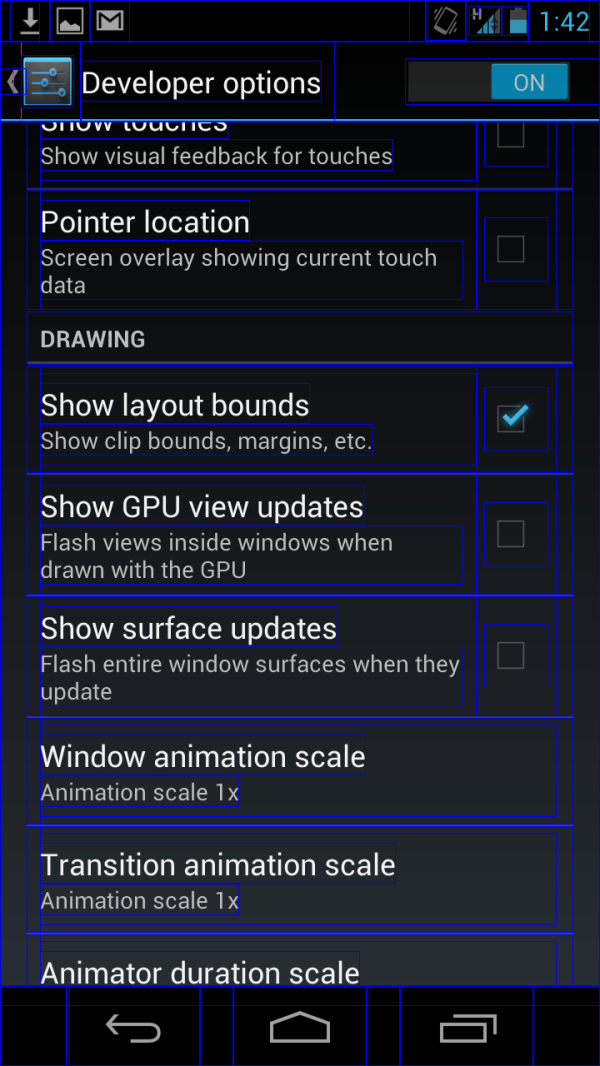
Additional GPU related drawing debugging under Developer Options
Some of those trouble spots included: scrolling the applications launcher into the widgets tab, the task switcher, screenshot compress and fade animation, application launch / close, and scrolling list boxes. In the case of the task switcher (which was not smooth in 4.0.4), the animation is now finally one that doesn't drop frames left and right. It is a huge difference. The others just feel better. I've also noticed that a number of other primary UI transitions have been somewhat simplified from a squeeze and fade to just a translation up or down across the screen. I think some might make the case that this is just optimization by removing transition flashiness, but on the whole the result is a much snappier interface.
I still feel like the SGX 540 running at non-max clocks inside the Galaxy Nexus' OMAP4460 is overburdened, but with the right SoC Android 4.1 is going to scream. On the Nexus 7, the interface is very close to being fluid everywhere. I'm very impressed with performance on that device.
While we're talking about settings related improvements, the settings page gets some reorganization, including putting accounts right on the settings page, and under WiFi are new toggles for WiFi direct, and WPS pairing. Google has also changed up the toggles in 4.1, from the slanted, almost razor-blade like sliders to just plain switches. Another subtle thing is a change under About Phone -> Status: the network type indicator now shows "HSPA+" instead of "HSPAP" which previously confused users.
There are some other new UI related 4.1 features. First up, notifications shade gets a dramatic improvement, including support for action to be taken right from the notification menu, such as dismissing a calendar alert, declining a call, or sharing photos. The top entry in the list also gets shown off in a larger box, and includes more detail. The bar also includes a rotation lock for tablets, and moves higher up on the display, obscuring the status bar indicators. The lock screen also gets an updated look, and a shortcut to Google Now.
Widgets are also automatically resizeable and reposition themselves in 4.1, which is a subtle but important improvement over the rigidity of the AOSP home screen in 4.0. I feel like a lot of these subtle improvements are inherited from various skins and 3rd party customizations, which makes sense. Third party widgets will need an update to support official resizing.
The keyboard also gets some improvements, including support for additional languages, and an expanded dictionary. One subtle change is that when you have the keyboard up, the back symbol changes to a down caret, which will no doubt make that UI step easier to grasp for new users.
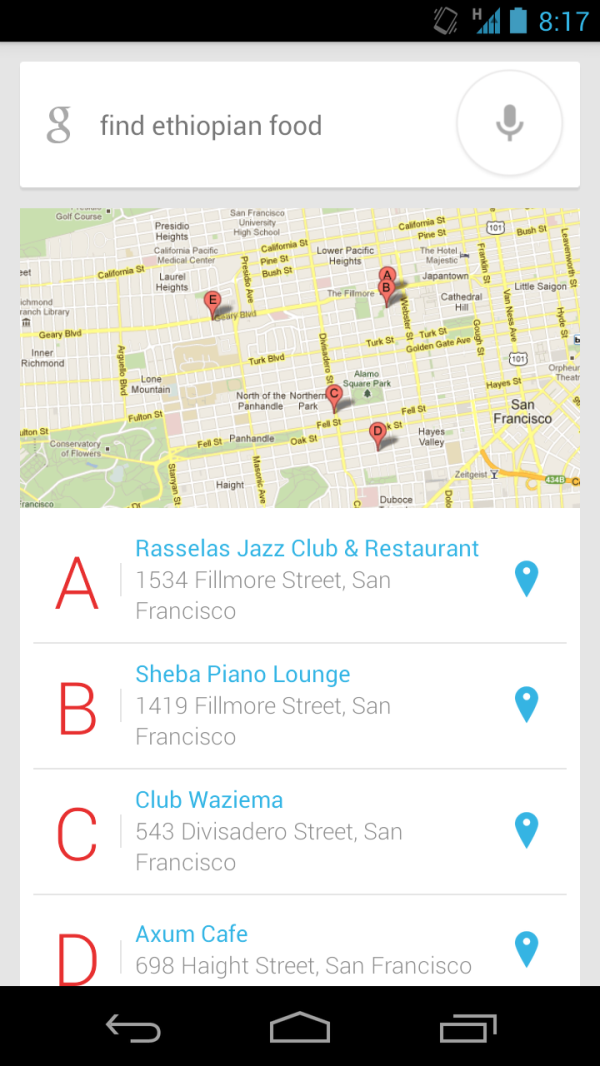

Left: Another Google voice search query, Right: New intents picker
Google's answer to Siri is a two pronged approach - improved voice search with offline voice recognition, and semantic data results to those queries. In practice, the use paradigm is almost exactly like Siri, though the approach Google demonstrated is a bit less conversational. I have only had time to ask a few queries (such as the above search for a camera store for a new battery charger), but voice recognition does indeed work with no cellular connectivity, though you do lose the confidence level underline under words. Part of the better Google search idea is Google Now, which Google believes so strongly in, it dedicated an entire shortcut to it.
Camera UI gets an overhaul and now reminds me of the Windows Phone 7 approach. You can swipe left to view the previous captured images, while the live preview remains live and slides off the screen. Photos can be deleted by then dragging up, like dismissing a card in webOS. This is also nice and smooth throughout. Android 4.1 also adds a new capture animation, but oddly enough I couldn't grab a screenshot of it.
| Android 4.0.4 vs 4.1 on Galaxy Nexus | ||||||||
| Location | WebKit Version | HTML5test.com Score | CSS3test.com Score | Sunspider 0.9.1 | Browsermark | |||
| Android 4.0.4 | 534.30 | 280 + 3 bonus | 49% | 1830.9 | 99493 | |||
| Android 4.1 | 534.30 | 281 + 3 bonus | 49% | 1411.8 | 125103 | |||
While the Nexus 7 formally replaces Browser with Chrome (sans beta as of today), Android 4.1 proper on the Galaxy Nexus and other devices will retain Browser for some time. That web browsing experience gets improved in 4.1 with better support for HTML5 video, better rendering performance and memory usage, and further improvements to the V8 JavaScript engine. In browsermark and sunspider the difference in V8 is pretty dramatic, elsewhere there isn't a big change at all, as it's the same core version of webkit, just optimized more.
There are more changes as well, including binary diff / delta update support for updating marketplace applications. Google has done the usual thing and outlined all of those other changes on their developers page for Jelly Bean. It's impossible to pass judgment on Android 4.1 after just 12 hours with both an updated Galaxy Nexus (with my primary SIM inside) and the Nexus 7, but thus far the improvements to UI smoothness have made a noticeable difference. Beyond that, probably the second most appreciable difference is in notifications, which now conveys much more information for things like new mail beyond the subject line and sender. The other thing to note is that again, this Android 4.1 isn't 100% final, but it is extremely close. I haven't seen any glitchiness yet, but obviously there will be changes before the final mid-July OTA update for Galaxy Nexus devices and others that were announced in the keynote. I'm looking forward to digging up the other subtle things that are new in Android 4.1 and updating if necessary.


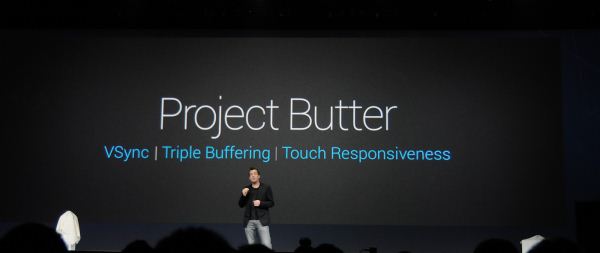
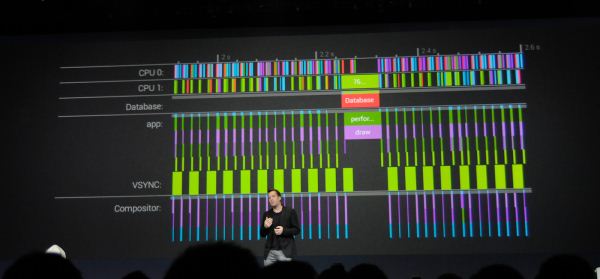
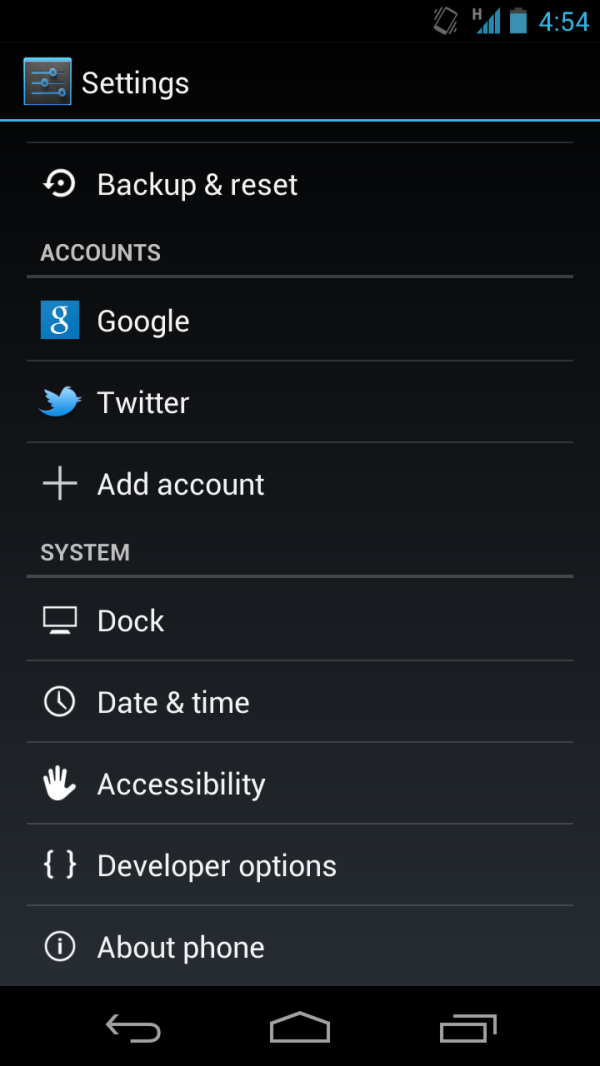

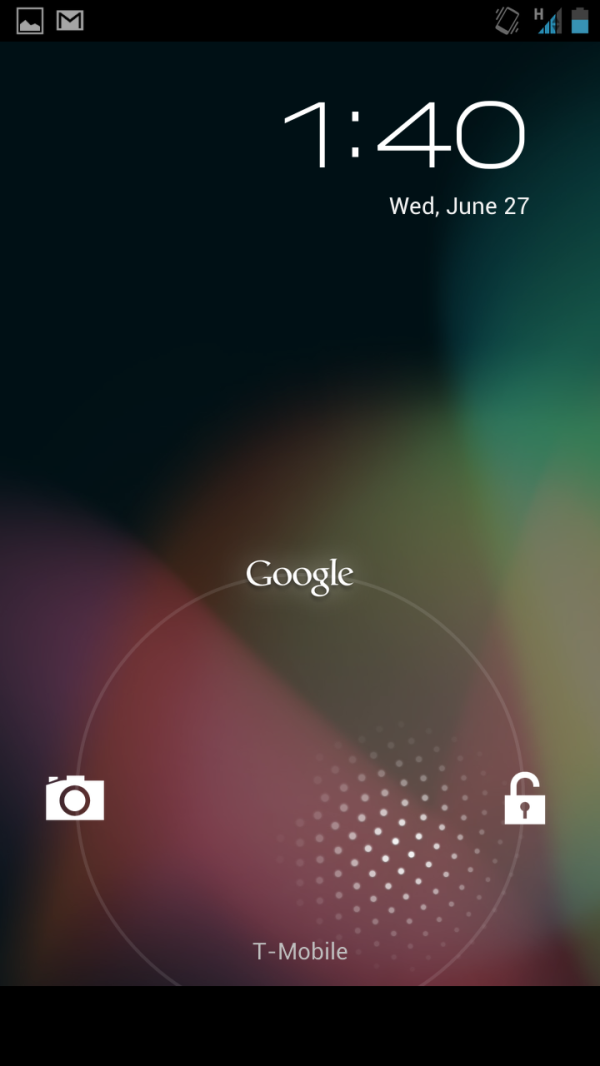

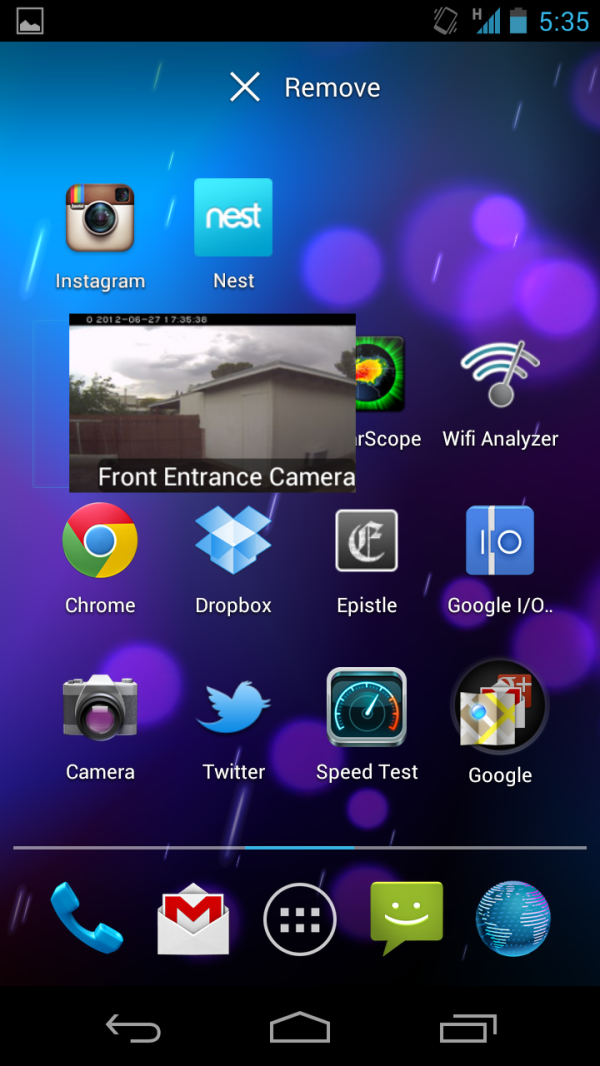
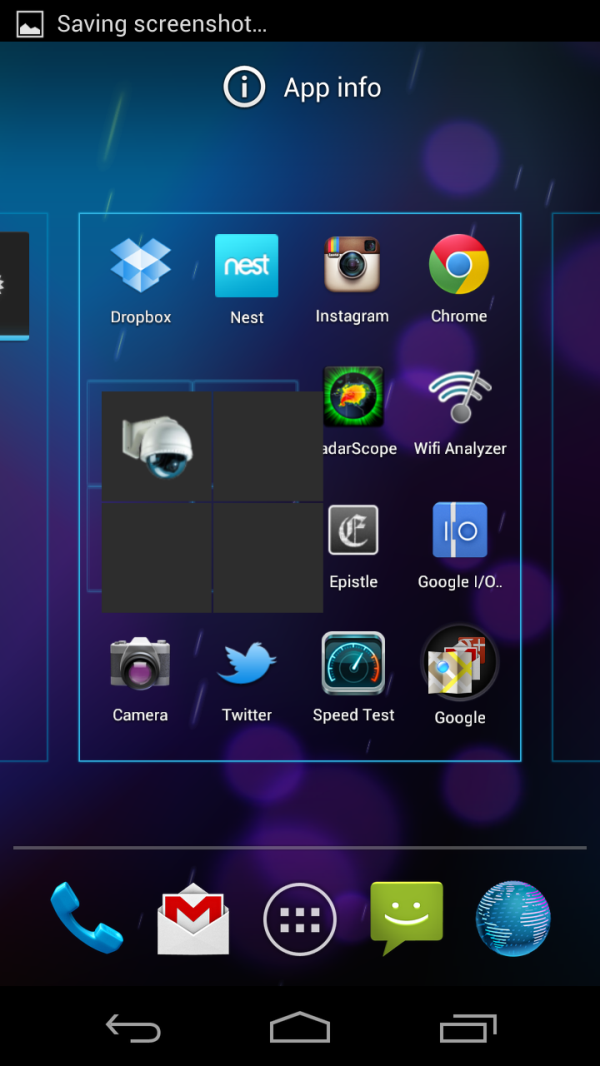

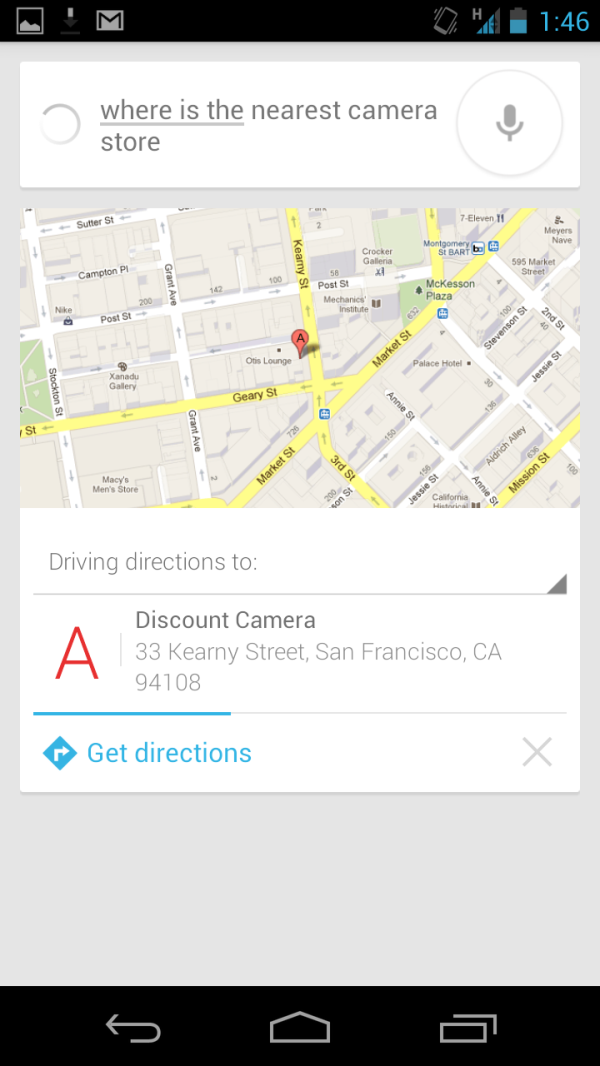














188 Comments
View All Comments
pxavierperez - Thursday, June 28, 2012 - link
So straight from the horse's mouth: previous Android version the UI drags. And I keep hearing Android users swear their UI is smooth as "butter". Google now admits their users were just imagining things. Funny.Super56K - Thursday, June 28, 2012 - link
Android gets better with each revision. Going from 2.x -> 4.x was quite a nice jump in UI and overall performance so nobody was imagining things. Sounds like the JB update just makes things better yet.Sometimes people like to go overboard with superlatives when describing things. Thus, unending comments of the fastest, smoothest, greatest, blahest, blah of blah.
tipoo - Friday, June 29, 2012 - link
I've never heard an Android user say ICS or prior was smooth as butter, while ICS was a great improvement most users would admit it's not always perfectly fluid.Scannall - Thursday, June 28, 2012 - link
It seems nice enough and all, at the price.But you have to wonder what the real goal of it is. This is a dagger in the back of all the OEM's that helped build the Android franchise. $199 is pretty much cost to build this. Sucking all the life out of the 7" market. Between buying Motorola, and now this it appears anyway, that since the Android name has been built they are trying to push the OEM's out.
If you're an OEM you have to be thinking of moving away from Android, as you are at the mercy of Google and their whims. Plus Googles goals aren't the same, or in line with their OEM's. Thinking about moving to Windows 8 seems likely. Or putting together a group of OEM's to develop WebOS, which is already very good and finishing it. At least that way they can actually do some future planning.
zorxd - Thursday, June 28, 2012 - link
Are you an OEM?I am pretty sure that OEMs are happy today. This tablet will help popularize Android on tablets. Android is doing fine on phones, but still lags behind iOS on tablets (in terms of market share). If OEMs want to sell tablets in the future, they want the market share of Android to be as high as possible.
Amazon already had a $200 tablet anyways, and Asus planed a $250 one. This isn't anymore a dagger in the back of the OEMs than any Nexus phone. Also, google always partner with the bests. Asus makes the best tablets and Samsung the best phones. If you are an OEM and want to make the next Nexus, just make something good. We call this competition. It gives incentives to OEMs to make the best devices.
Scannall - Thursday, June 28, 2012 - link
The problem with this is why care about making something if there is no profit in it. Selling these things at cost kills that particular market segment.You, as a consumer can say buy this one for $199. Or buy one made by a company that has to actually sell them for more than cost. Say the exact same thing for $275. Who gets your money? Or, the for profit one say has a SD card slot. But it's $300. Would you pay $100 for that? Probably not.
You could race to the bottom I suppose, but you'd have to really make some cheap crap and sell it for almost nothing to get out of competition in this particular size and form.
I can see making a reference model. All the goodies, memory, SD slot, 3G/4G and sell it for a premium. That gives OEM's a target to shoot for, and still make some money. But taking the profit potential off the table is just plain stupid, unless you want to pith the OEM's out the window while still keeping your agreements you made for the Motorola merger.
andrewaggb - Thursday, June 28, 2012 - link
I agree. If the manufacturers don't get half of the 30% market profits, they have no motivation to give stuff away.I'm not sure what Asus gets for this.
Maybe it's to try to make sure microsoft doesn't get a foot hold in the tablet market.
Maybe it's because they've seen after trying to fight apple at similiar price points or even a fair bit cheaper, they just aren't succeeding. So... they are going to try this. And seeing as how apple is slowly giving google the boot whereever they can, google needs to get market share fast.
It's certainly not doing any favors to it's partners, but then microsoft's surface announcement didn't do their partners any favors either.
Starting to look like a bad time to be a hardware manufacturer relying on somebody's else software.
ven1ger - Thursday, June 28, 2012 - link
Since Google is the one that will be selling it at cost, I'm sure that ASUS is making some money off of this.If an OEM..ahem..ASUS was just to add a few things that were missing that everybody is clamoring for, then they could easily come out with another version with the bells and whistles and sell it at a good price and still make a profit.
I think Google setting the bar with the Nexus 7 is a good shot across the bow of all the OEMs that were just dumping a lot of crappy hardware on the market, that making a good tablet doesn't have have to be expensive.
mcnabney - Thursday, June 28, 2012 - link
Google is not selling it at 'cost'. They just aren't adding any markup on their end. Asus has plenty of profit margin.Scannall - Thursday, June 28, 2012 - link
Except that in this case, ASUS is a contractor, with a known volume to sell. Not to mention not having to market, distribute, advertise, buy shelf space etc.
Much cheaper.